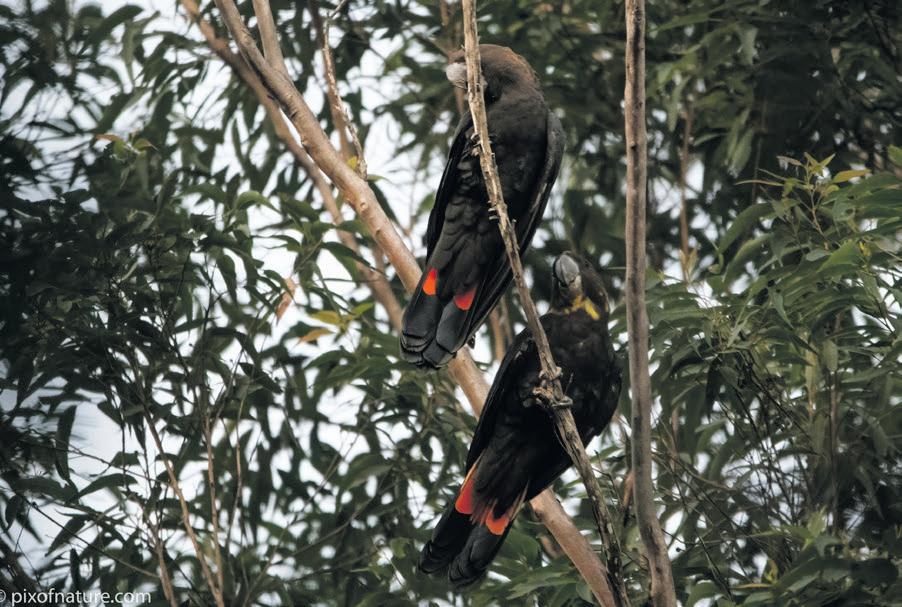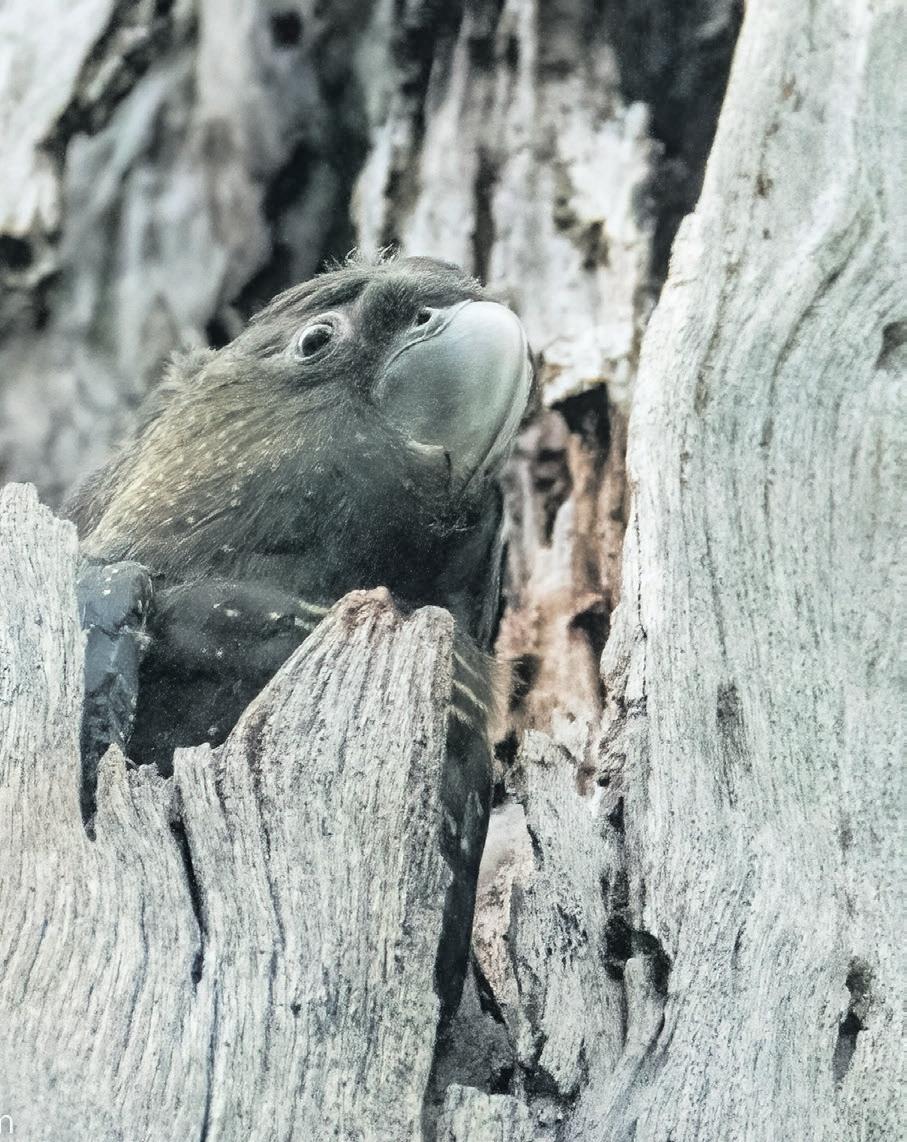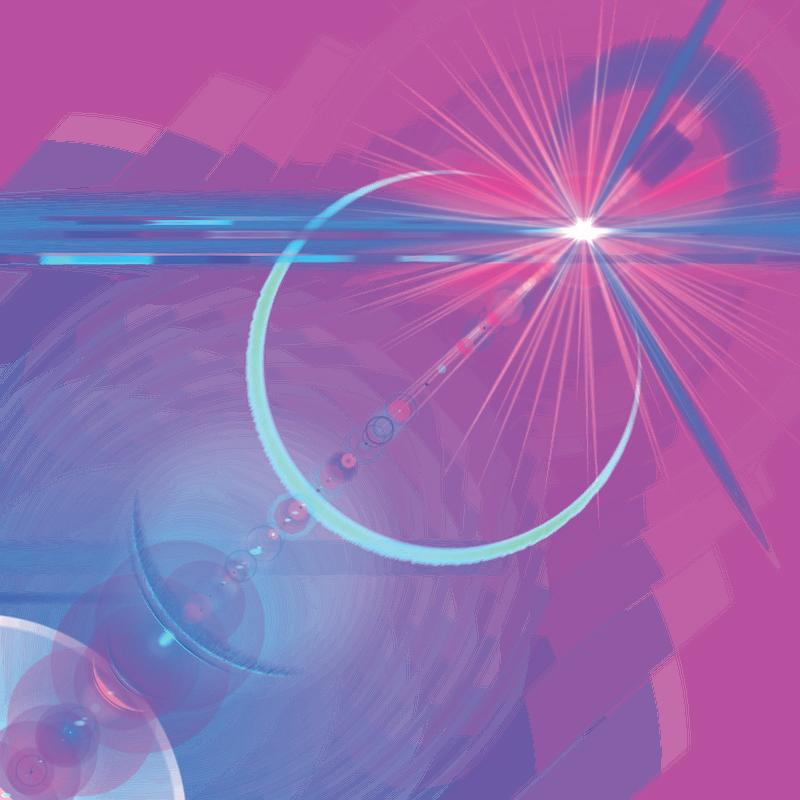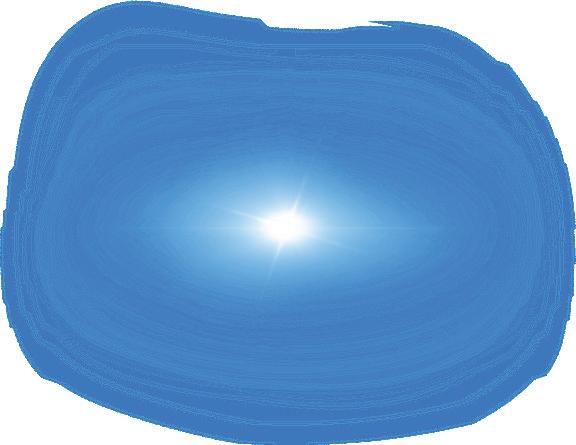
3 minute read
TWEED VALLEY FLAGGED AS CRITICAL GLOSSY BLACKCOCKATOO HABITAT
By Sarah Waters
NESTLED among the bush in the Tweed Valley is a highly monitored site.
Three sensor cameras are strategically placed in old gum trees at the only known active glossy black-cockatoo nesting site in the Northern Rivers.
The cameras are trying to capture any signs of activity following the successful nesting and fledging of a female glossy black-cockatoo chick named Firefly.
The site was discovered last year by the Mullumbimby-based Wildbnb team after a tip off from a citizen scientist from the Glossy Squad.
It has been the subject of intense interest from ecologists and conservationists since.
South-eastern glossy black-cockatoos are listed as vulnerable in NSW and nationally.
On August 3 last year, a breeding pair of glossy black-cockatoos - Prez and Mr Prez - were found at the nesting site, which opened up a rare opportunity to observe the elusive birds in their natural habitat.
Wildbnb team member Locky Cooper captured incredible footage of the birds.
The mother Prez incubated her single egg (with Firefly inside) for about 30 days in the hollow of a dead tree.
Father, Mr Prez foraged all day and returned at dusk.
Prez flew out to meet him, got her daily feed of regurgitated she-oak seeds, chicks.
Firefly hatched and was successfully raised.
After 12 weeks, Firefly flew off (fledged) with her parents to learn where known if the breeding pair would return or not, but glossy black-cockatoos show high fidelity to nest sites they have used previously.
“It’s still not clear if those birds will breed again this year or if they are still looking after Firefly,” Ms Hackett said.
“Technically she should be old enough to feed herself and those birds could breed again, but we don’t totally understand enough about their breeding habits in Northern Rivers NSW.
“It’s thought to be once every one to two years - if the conditions are right.
“And we don’t understand how far they’ll take that young bird to show her where the reliable food sources are.” range, which may involve other areas,” she said. new Glossy Squad recruits and their sightings are valuable to the project’s work.
The nesting site discovery has helped to identify at least one area of remaining critical habitat.
Juvenile glossies were also spotted on the coast in February and March this year.
The Wildbnb team has installed 48 artificial nest hollows across the region, near the known site and in other strategic locations, in the hope of supporting other breeding pairs.

In the meantime, yellowtailed black cockatoos and little gliders have been seen on camera checking out the hollows at the site.
Residents are asked to keep a look out for glossy black-cockatoos as the breeding season is now underway again.
Last year, at the beginning of the project, the Glossies Northern Rivers team conducted surveys in the project area for nearly three months before any glossies were sighted.

With the Glossy Squad’s help, it is hoped the number of sightings being reported will increase.

In September this year, the national Great Glossy Count will be held, run by the Glossy Black Conservancy and Birdlife Australia. There will be opportunities for interested residents to attend Field ID workshops and learn more about glossy blackcockatoos.
Visit the Conservancy’s website for further information https:// glossyblack.org.au/ Or contact Harry Hackett at: harry@wildbnb.com.au and returned into the nest hollow.

The population of glossy black cockatoos has been undergoing a decline of 30 - 50 per cent over the last 45 years.
Senior manager of species conservation at WWF Dr Leonie Valentine said the story of Firefly surviving to fledging was very uplifting.
A Wildbnb nestcam also captured Prez in predatordefence mode with ‘back off’ warnings to a threat out of the camera shotpossibly possums which are known to eat eggs or their ‘feed trees’ are and how to survive on her own.

October 26, last year, was the last sighting of the family of glossies.
Glossies Northern Rivers Project Manager Harry Hackett said it was not

Ms Hackett said now there’s knowledge of the one nest site in the Tweed Valley, it is important to continually monitor it and collect data in the surrounding areas.
“What we’re observing is that glossies have a breeding season range and a non-breeding season



Glossies Northern Rivers is supported by the World Wildlife Fund (WWF) for Nature-Australia, as part of its Regenerate Australia program, and the NSW Government’s Saving our Species program.
The ‘Glossy Squad’ is made up of citizen scientists, which help the project by documenting sightings of the birds.

Ms Hackett said she is always happy to hear from
“Glossy blackcockatoos, spectacular long-lived birds, were already in decline throughout southeastern Australia, when the catastrophic bushfires severely impacted the species,” Ms Valentine said.
“Then in another blow, the 2022 floods further impacted glossy nesting and feeding habitat in the Northern Rivers.” WWF’s Regenerate Australia is the largest and most innovative wildlife recovery and landscape regeneration program in Australia’s history.










